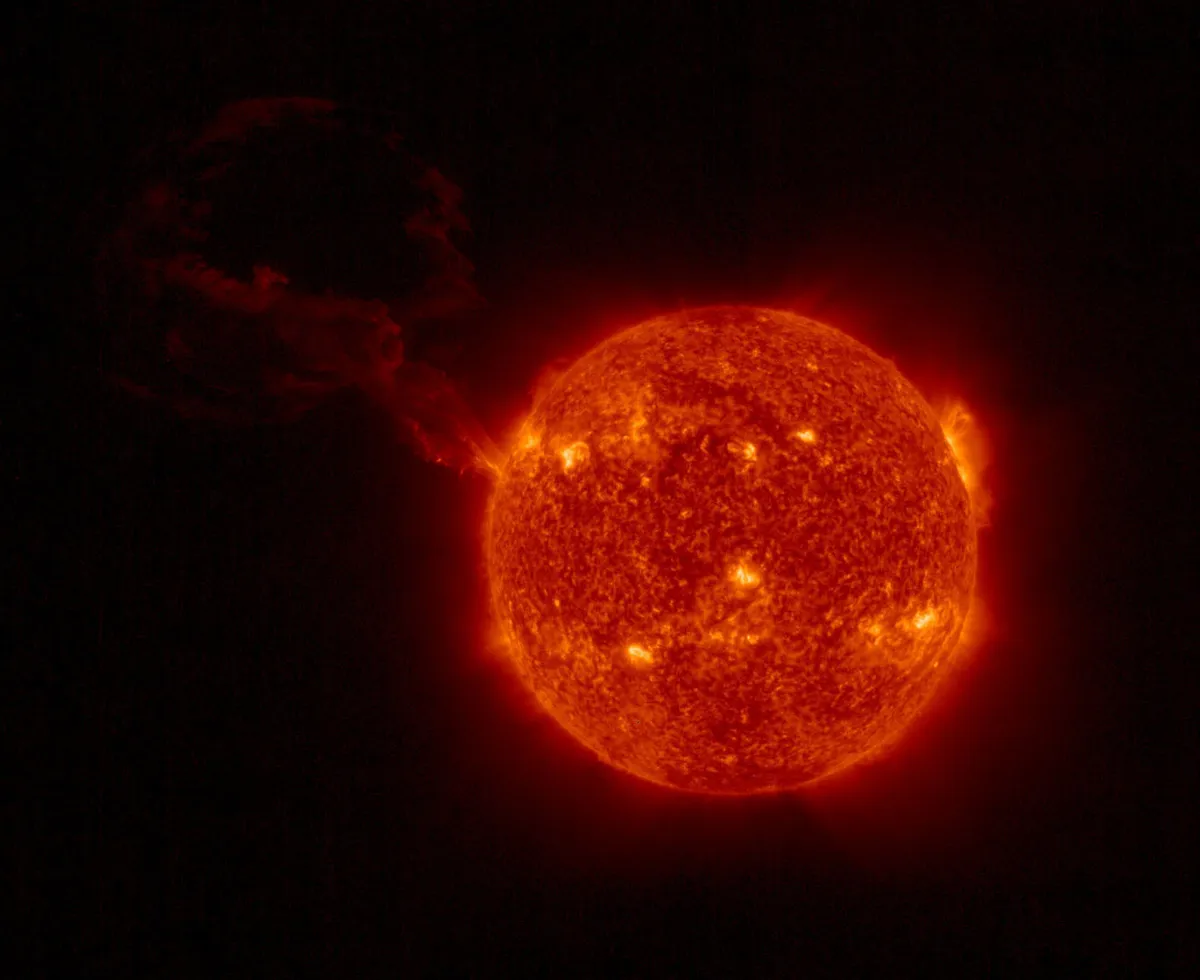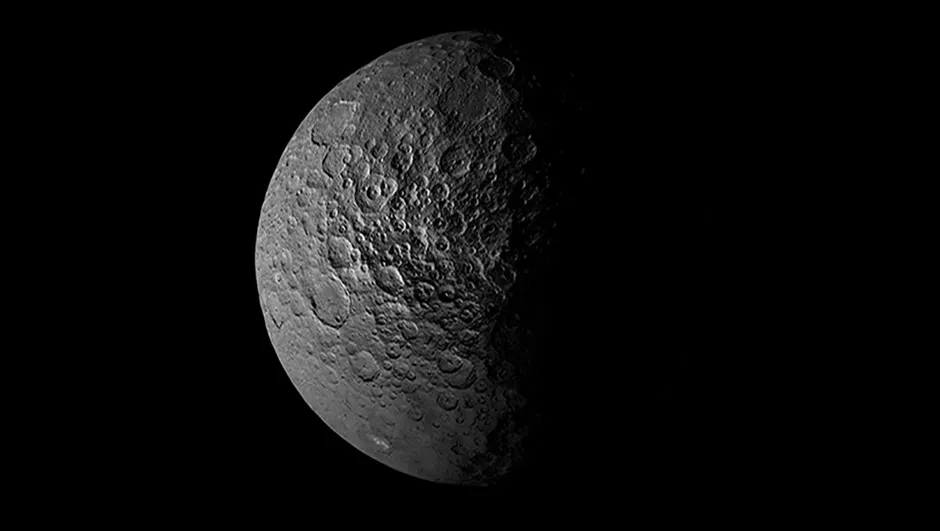There is a cosmic limitation facing life on Earth, as our Sun steadily brightens through its lifetime on the main sequence before ballooning into a red giant.
Yes, this is what will happen to our Solar System in the future, but this planet-sterilising red giant phase won’t begin for another 5 billion years or so
So a natural question might be what could we do in the distant future to try to preserve the habitability of our world?

Various high-concept proposals have been put forward, including a carefully orchestrated programme of flinging asteroids past Earth to boost the planet into a more distant orbit as the Sun brightens, exploiting the same physics as the gravitational slingshot method used to propel space probes.
Matthew Scoggins and David Kipping, both at Columbia University’s department of astronomy in New York, have been investigating another ultra-long-term, high-tech possibility.
One way for an advanced civilisation to counteract the brightening of their star as it ages is to progressively remove mass from it and so slow the rate of fusion reactions in its core.
Scoggins and Kipping dub such artificially engineered suns ‘Lazarus stars’, after the biblical figure raised from the dead.
Although they note that this method of ‘star-lifting’ was proposed by David Criswell back in 1985, here the authors have actually done the numerical calculations to work out exactly what would be needed.

How to remove mass from the Sun
So, could this be done? The astronomers considered two slightly different scenarios.
The first keeps the Sun at a constant brightness, or isoluminosity, by stripping mass from it and then storing it in orbit between Earth and the Sun.
The second approach maintains the same amount of sunlight falling on Earth – isoirradiance – by removing less solar mass at first but then ejecting it out of the Solar System so that the orbit of the planet also drifts outwards with the reduced gravitational hold.
Scoggins and Kipping calculate that changing the planet’s orbit with the isoirradiance approach can extend the Sun’s lifetime on the main sequence – and thus the potential for life on Earth – by around 6 billion years.
Doing so would require lifting a solar mass equivalent to 2% that of the largest asteroid, Ceres, every year.

The isoluminosity approach, which stores the removed mass, would require more to be stripped away at first, but could extend life on Earth by 10 billion years.
Such a cosmic engineering project would require prodigious amounts of energy – the equivalent to 10 billion times the current annual energy consumption of our entire global civilisation.
The isoirradiance method would need 100 times more than even that to eject the material from the Solar System.
But as the researchers point out, the Sun is itself an enormous source of energy and an advanced civilisation would only need to capture 0.03% of its annual output to power such an exercise.
Although they don’t attempt to speculate on what sort of advanced technology might enable this kind of stellar engineering, this study does offer an intriguing glimpse into what the far future of humanity may hold in store.
Lewis Dartnell was reading Lazarus Stars: Numerical Investigations of Stellar Evolution with Star-lifting by Matthew Scoggins and David Kipping. Read it online at: arxiv.org/abs/2210.02338.
This article originally appeared in the December 2022 issue of BBC Sky at Night Magazine.
